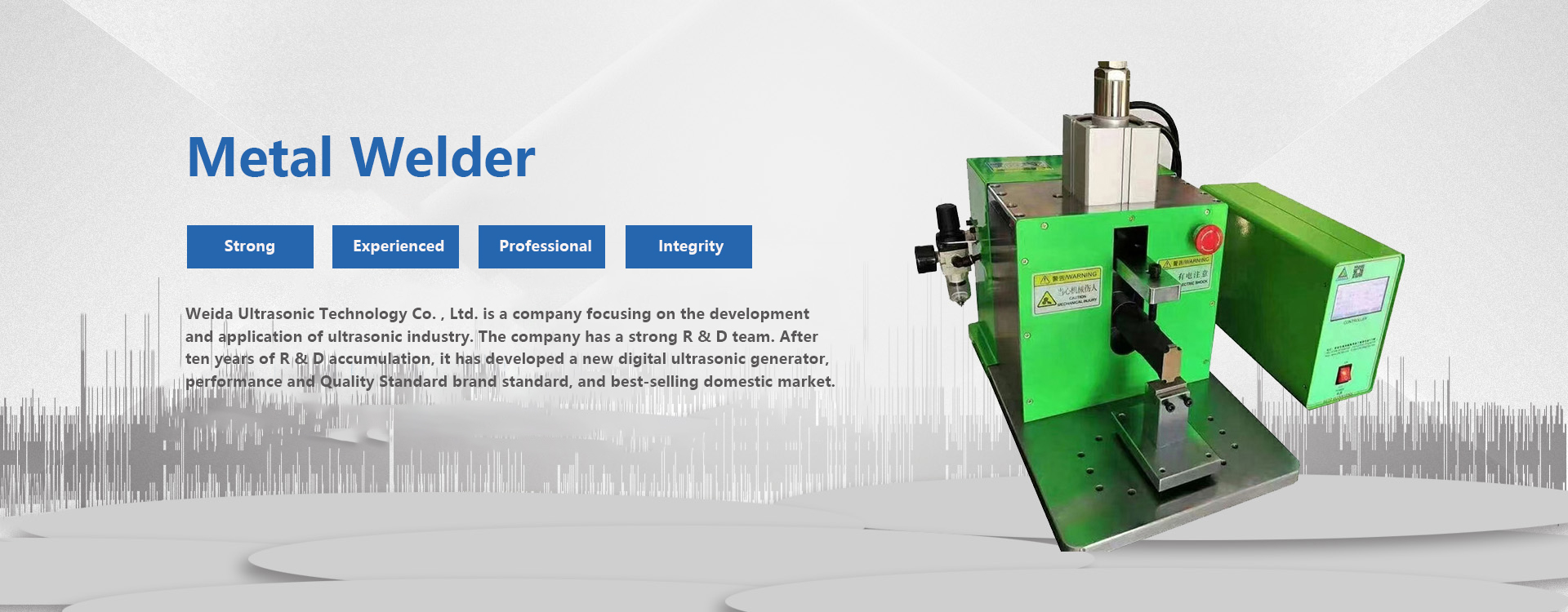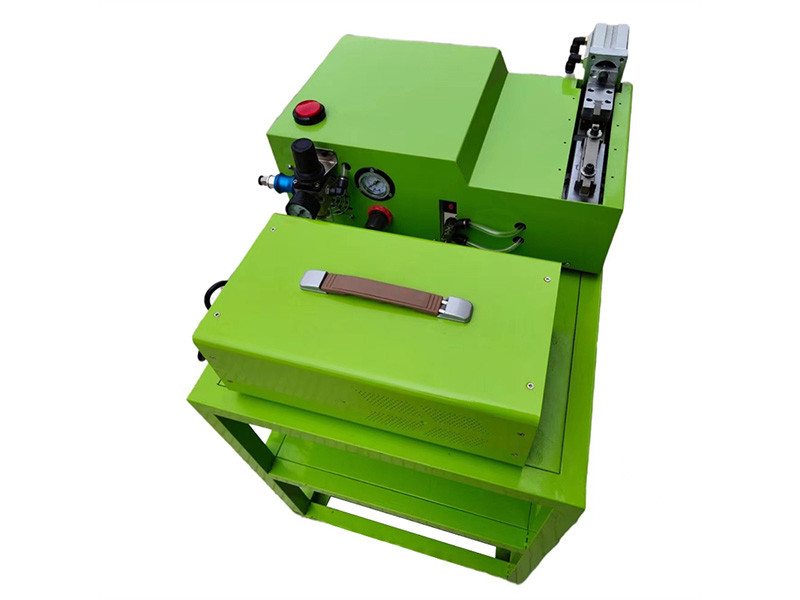Automotive electronic components, referred to as automotive electronics, is a general term for all electronic equipment installed on the car. It is a system composed of electronic components that sense, calculate, and perform various states and functions of the vehicle. Cars can be divided into four types: adapters, sensors, controllers and actuators.
In recent years, from the perspective of some landmark projects completed by China's automotive electronics, welding technology has played an important role, but the traditional welding technology has been unable to meet the increasingly high technical requirements and conditions, so laser welding has a lot of space for development. Laser technology touches data science, mechanics, computer science, etc.
The laser soldering process for welding automotive harness wires and terminal joints is different from automatic soldering iron soldering. The soldering iron soldering machine is the application of electromagnetic heating of the heating core, and the heat radiation is transmitted to the wire and the solder joint through thermal conduction, so it is easy to burn the plastic of the wire and the terminal in the practice of consumption.
Laser welding uses non-contact partial rapid heating, and completes the welding when the heat energy is not completely transmitted to the non-welded area, which has the characteristics of high efficiency. In addition, laser welding does not require the consumption of soldering iron head, non-contact welding, completely prevent the welding head wear and heating core damage caused by poor welding.
In the process of laser tin welding, due to the small solder joint, fast heat dissipation of the pad, it is necessary to use temperature control laser tin welding system, the purpose of Songsheng photoelectric laser temperature control module small measurement 0.25mm, the use of short-wave detector, response time ≤40μs, anti-interference can be strong, without cooling can withstand 65℃ ambient temperature. It can prevent the defects of temperature over load and temperature lack.
Because the car terminal has a certain heat dissipation, we will generally use the laser to stop preheating the wire harness terminal to a certain temperature (the wire harness terminal welding pad material is different, the temperature will be biased), the synchronous tin wire is also preheated and heated, and the molten tin material will cover the wire harness terminal to form a stable solder joint. Preheat the welded terminal to 350, and in the process of feeding the tin wire, the temperature of the laser is higher than the preheat temperature, such as 370. The temperature of the laser during tin feeding is higher than the preheating temperature. After tin feeding, the solder joint should be continuously heated and insulated until the tin is covered with the solder joint, and the heat dissipation in this process is fast to control the temperature.
Temperature form and power form software screenshot
Songsheng photoelectric temperature reaction fine laser soldering system can be controlled by two forms of temperature and power at the same time, and can also be controlled by segmented mixed form. The common temperature reaction function, the industry for many years of independent design of the temperature control reaction system, through the real-time monitoring of the temperature of the solder joint, the reaction can ensure that the solder joint temperature at the set temperature value, will not form the burning of the solder joint, the temperature measurement range of 100-600 degrees, can effectively prevent the temperature over the load situation.


 中文(简体)
中文(简体) 


 Wechat
Wechat